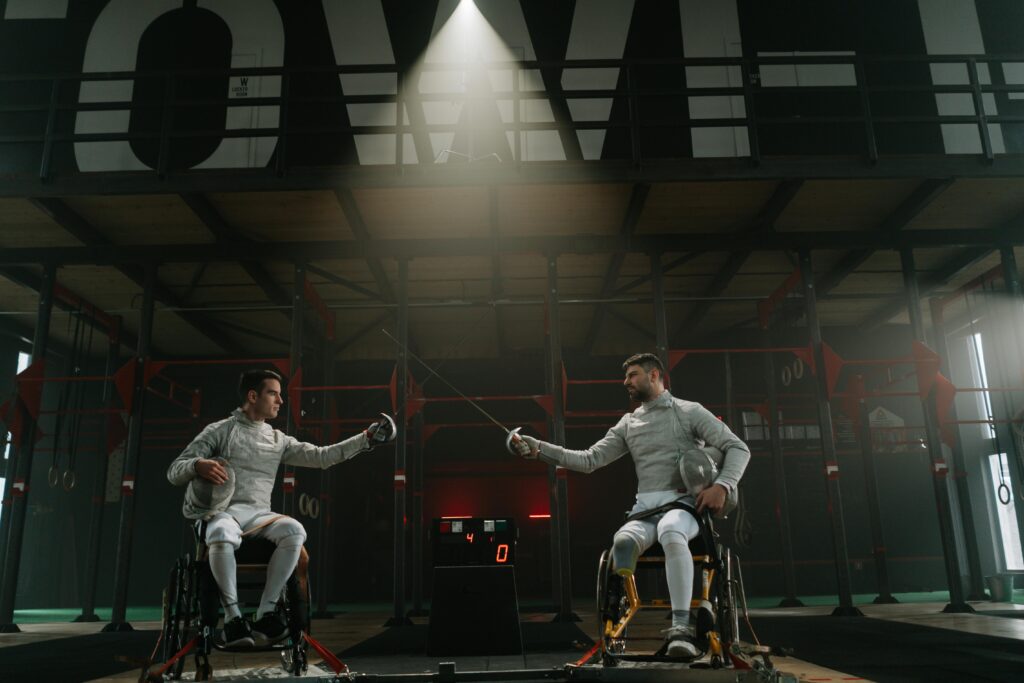In the ever-evolving digital landscape, mastering user experience (UX) is both an art and a science. It’s the delicate balance of aesthetics and functionality, creativity and practicality. The journey to crafting exceptional user experiences involves understanding users’ needs, behaviors, and emotions. This blog delves into the critical components of UX design and development, offering insights to elevate your digital creations.
Understanding User Experience
User experience encompasses all aspects of a user’s interaction with a company, its services, and its products. It’s more than just usability; it’s about creating an intuitive, efficient, and pleasurable experience. A well-designed UX can turn users into loyal customers, enhance brand reputation, and ultimately drive business success.
The Pillars of UX Design
User Research: The foundation of any successful UX design project is thorough user research. This involves gathering data on user behaviors, needs, and motivations through various methods such as interviews, surveys, and usability testing. Understanding your target audience allows you to design products that truly resonate with them.
Information Architecture (IA): IA is the structural design of shared information environments. It’s about organizing and labeling content in a way that makes it easy for users to find and understand. Effective IA is crucial for a seamless user journey and involves creating site maps, wireframes, and navigation systems.
Interaction Design: This focuses on creating engaging interfaces with well-thought-out behaviors. Interaction design considers elements like buttons, icons, and menus, ensuring they are intuitive and enhance the user’s ability to interact with the system.
Visual Design: Aesthetic appeal plays a significant role in user experience. Visual design isn’t just about making things look good; it’s about making them function well too. It involves the use of color, typography, images, and layout to improve the overall look and feel of the product.
Usability: Usability is about making products easy to use. This involves testing with real users to identify and eliminate issues, ensuring that the final product is intuitive and efficient. Key aspects of usability include ease of learning, efficiency of use, memorability, error frequency and severity, and user satisfaction.
The Development Process
Once the design phase is complete, the development phase brings the designs to life. This involves translating static designs into functional products. Here are some key considerations:
Responsive Design: In today’s multi-device world, ensuring your product works seamlessly across various screen sizes and resolutions is essential. Responsive design techniques, such as flexible grids and media queries, ensure your product looks and functions well on all devices.
Performance Optimization: A slow, laggy product can frustrate users and drive them away. Performance optimization involves techniques such as minimizing HTTP requests, optimizing images, and leveraging browser caching to ensure fast load times and smooth interactions.
Accessibility: An often-overlooked aspect of development is accessibility. Designing for accessibility means creating products that can be used by people with a wide range of abilities and disabilities. This includes using semantic HTML, ensuring sufficient color contrast, and providing keyboard navigation options.
Quality Assurance (QA): Before launching, rigorous testing is essential to identify and fix any bugs or issues. This includes functional testing, performance testing, and security testing. QA ensures that the product is stable, secure, and ready for users.
Bridging Design and Development
Effective collaboration between designers and developers is crucial for a successful UX project. This requires clear communication, mutual respect, and a shared understanding of the project’s goals. Using collaborative tools like design systems, style guides, and component libraries can help streamline the process and ensure consistency.
Conclusion
Mastering user experience is an ongoing process of learning, experimenting, and adapting. It requires a deep understanding of users, a commitment to usability, and a passion for creating delightful experiences. By focusing on the key principles of UX design and development, and fostering a collaborative environment, you can create products that not only meet users’ needs but exceed their expectations. In the end, the art of UX is about crafting experiences that are not just functional, but truly enjoyable.










